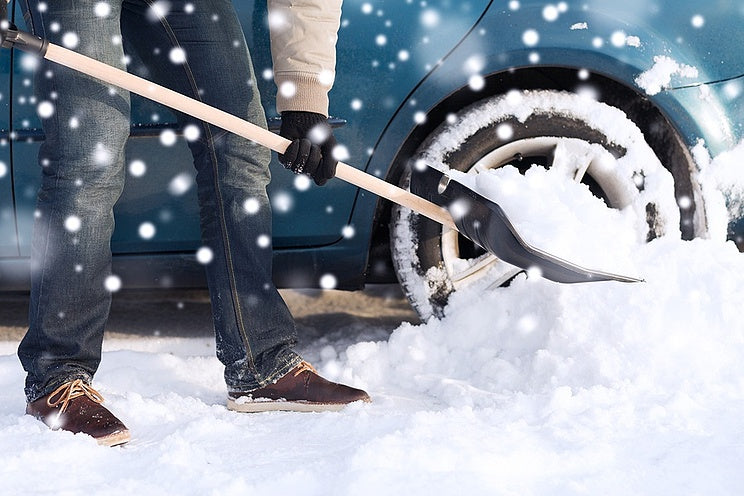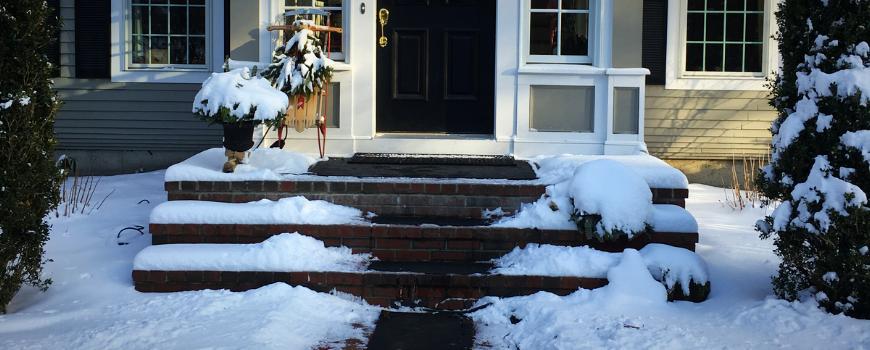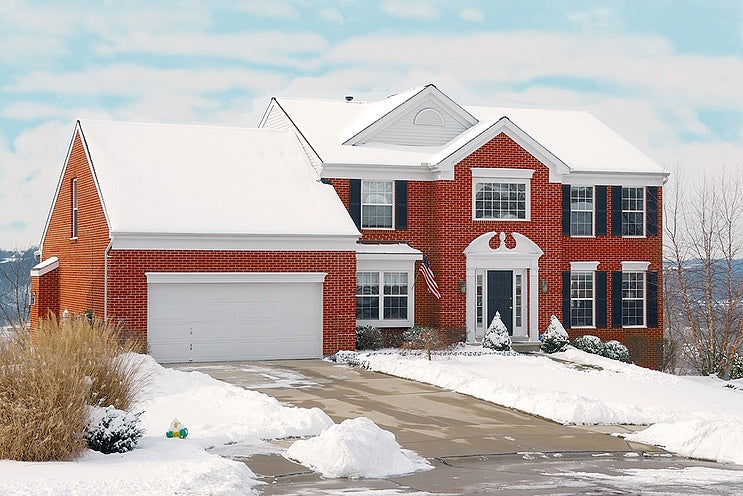 Snow-melting mats for walkways, outdoor stairways, and entry areas have been around for years. But HeatTrak, a pioneer in the industry, has recently introduced a new product line for driveways. Read on to see how it compares with in-pavement heated driveway systems.
Snow-melting mats for walkways, outdoor stairways, and entry areas have been around for years. But HeatTrak, a pioneer in the industry, has recently introduced a new product line for driveways. Read on to see how it compares with in-pavement heated driveway systems.
Heated driveways vs. heated driveway mats
Both driveway mats and heated driveways keep all or part of your driveway snow- and ice-free to improve safety and usability. Both also eliminate the need for shoveling or salting, which can corrode concrete, erode asphalt, and kill turf and plant life at the driveway's edge.
Both heated driveways and driveway mats are composed of four main components:
- A heating element
- Sensors that detect outdoor temperatures
- A power source
- A control mechanism
The main differences between heated driveways and heated driveway mats are price and installation.
In most cases, installing a heated driveway means tearing up the existing pavement and reconstructing your entire driveway (though electric coil systems can sometimes be retrofitted into concrete). By comparison, “installing” driveway mats is as simple as laying them on the ground and plugging them into an electrical outlet.
Installing a heated driveway costs thousands of dollars and, if the system malfunctions, necessitates digging up the pavement to make the fix. Heated driveway mats cost significantly less and, if still under warranty, can be returned to the manufacturer for exchange or refund.
Operating costs for both options are pretty reasonable: 12 to 25 cents per square foot per winter, depending on your local electricity costs per kwh.
5 facts and fictions about heated driveway mats
Fiction #1: Driveway mats can’t be moved after being installed.
Fact #1: Driveway mats are portable. You can take them with you if you move to a new home, which is not possible with a heated driveway. Driveway mats can also be rolled up and stored in your garage or another location when not in use.
Fiction #2: Driveway mats only last for a single season.
Fact #2: Driveway mats are very durable and will last for many years. In fact, all HeatTrak© snow melting mats come with a two-year manufacturer's guarantee.
Fiction #3: Driveway mats get slippery when wet.
Fact #3: Driveway mats are made of slip-resistant rubber that is safe to walk on and will give your tires good grip and traction.
Fiction #4: Driveway mats can't handle the weight of automobiles.
Fact #4: Driveway mats are built to withstand the weight of full-sized vehicles.
Fiction #5: Driveway mats don’t melt snow fast enough.
Fact #5: Driveway mats generate enough heat to melt snow at rates of two inches per hour. That's strong enough to melt snow in most blizzard conditions. You can leave the mats on 24/7 or turn them on/off as needed to save power, and as long as the mats are running, you will have snow/ice free driving lanes.
When you want to cut down on shoveling, salting and slipping in your driveway, your main two options are an in-pavement heated driveway or snow-melting mats. Heated driveways are durable, yet expensive; driveway mats are portable and effective. The choice is up to you!


